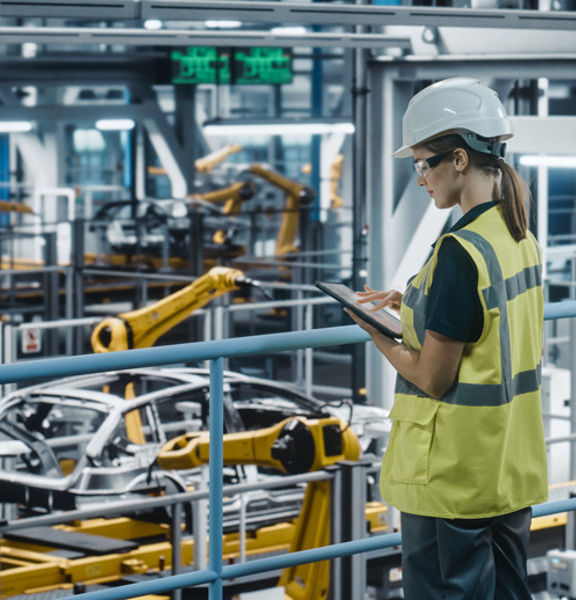Become a member
Take advantage of exclusive member benefits, world class events, networking and specialist support








 Become a member
Become a member 

11 October 2023
HP Inc.’s Americas Product Completion Center (APCC) in Richmond, Virginia, packages HP Inkjet supplies and prepares them for shipping to destinations in North and South America. The center is not only a machinery line runner but also a manufacturer, that plans and designs the production lines and produces the parts therein, undergoing frequent changeovers and adaptations depending on production requirements.
In order to package HP Inkjet Supplies in high volumes, the APCC sought a technology that could keep up with demand and adapt to frequent changes in production (e.g. different packaging sizes for different products).
After introducing HP Multi Jet Fusion technology in November 2017, their use of the technology evolved from replacing heavy metal parts of their machinery, to designing and developing new parts. With 3D printing, the APCC incorporated cobots and delta robots as well as new conveyor lugs into two manufacturing lines that had previously been manually operated. The APCC now uses the technology for prototyping, final-part production, spare parts production, and to produce jigs, fixtures, and tooling for their machines.
The design freedom and short lead times made possible with HP Multi Jet Fusion technology allow the APCC to iterate part designs more quickly, resulting in faster convergence to the final version. Once the design is final, the APCC can quickly produce the full volume of parts needed. For example, the APCC has produced more than 8,000 conveyor belt inserts, of which more than 2,000 were inserts for the Sprocket Media packaging line. The innovative design of these inserts helped reduced line changeover time from between 1.5 hours and 2 hours down to 30 minutes.
But it does not end there: once the printing process is over, there is one final phase that is crucial to make sure that the additively manufactured parts meet all the requirements and overall aesthetic look desired, which is the post-processing phase. Besides removing excess powder and cleaning the part, indeed, it includes techniques to improve surface quality, achieve colour uniformity, eventually add texture or a pattern, and finally enhance part properties, such as scratch and colour resistance, corrosion protection or electrical conductivity.
If you want to know more about how to confer an advantage to parts, both in terms of aesthetics and performance, make sure to register for HP’s fourth session of the Webinar series “Addressing five of 3D printing’s most important considerations for the machinery and automation industry”, on the 15th of June 2022, 10:00 AM UK time, and learn about secondary post-processing technologies and the cascade of benefits they unlock.